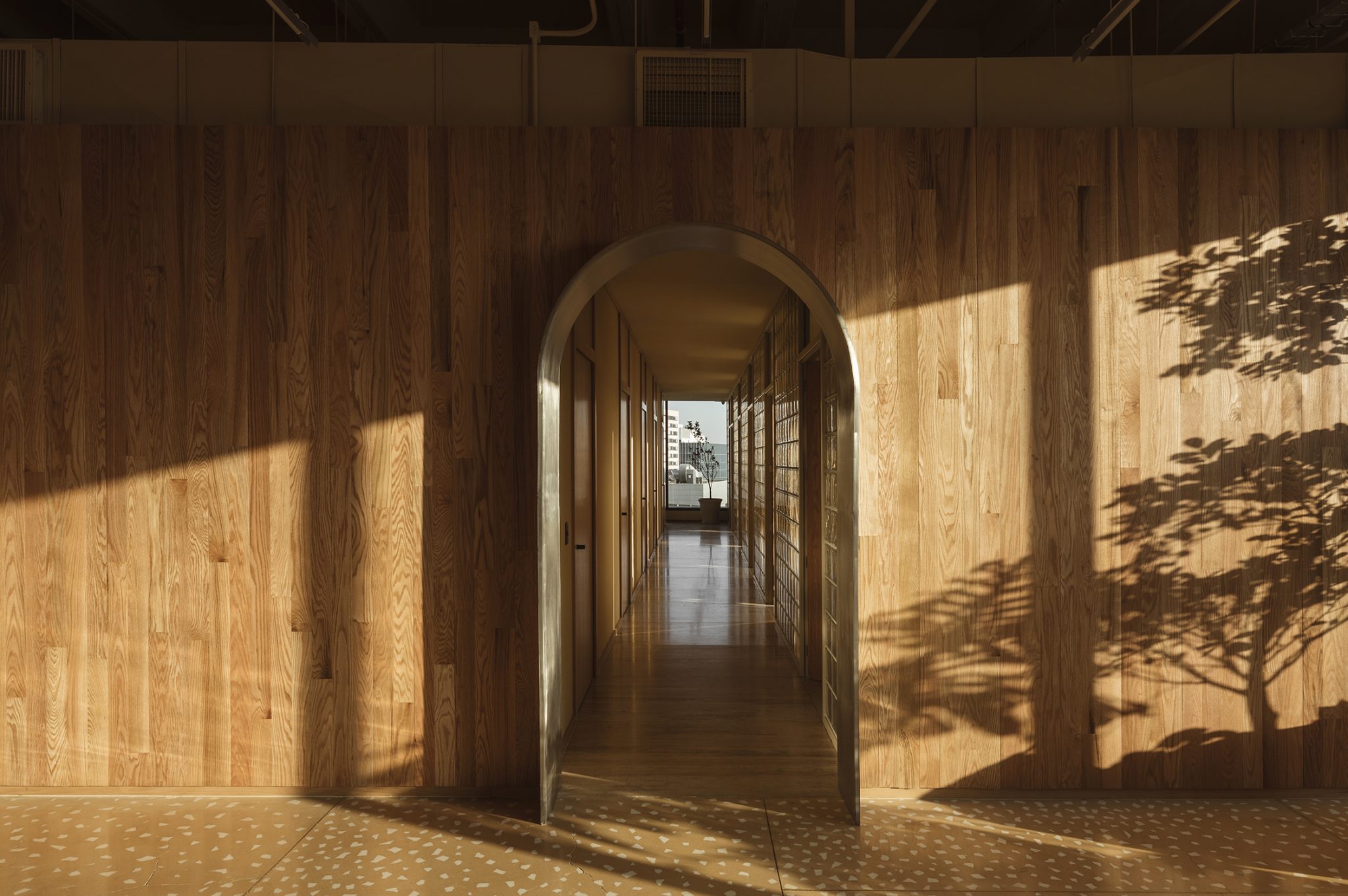
Plutarco Studio
Diving into an innate world of color
I like to think that every individual tends to have a personal color palette. Whether it is constituted by neutral tones or completely vibrant ones, I believe that every person has a tendency to lean towards certain colors, which they consequently apply into their daily life in different ways. This can be in the clothes they wear, in the car they buy, in the makeup they put on or in the way they decorate their space.
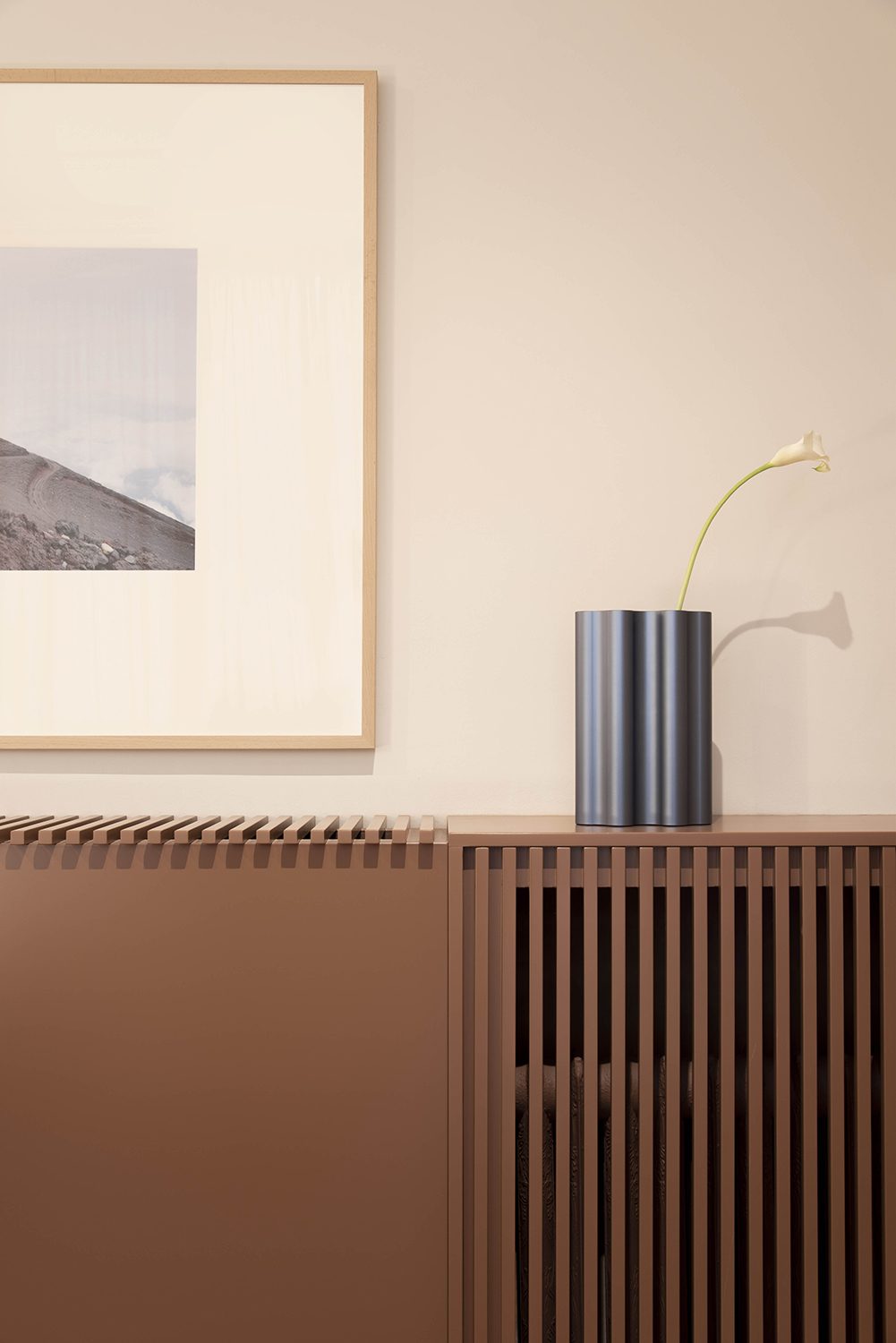
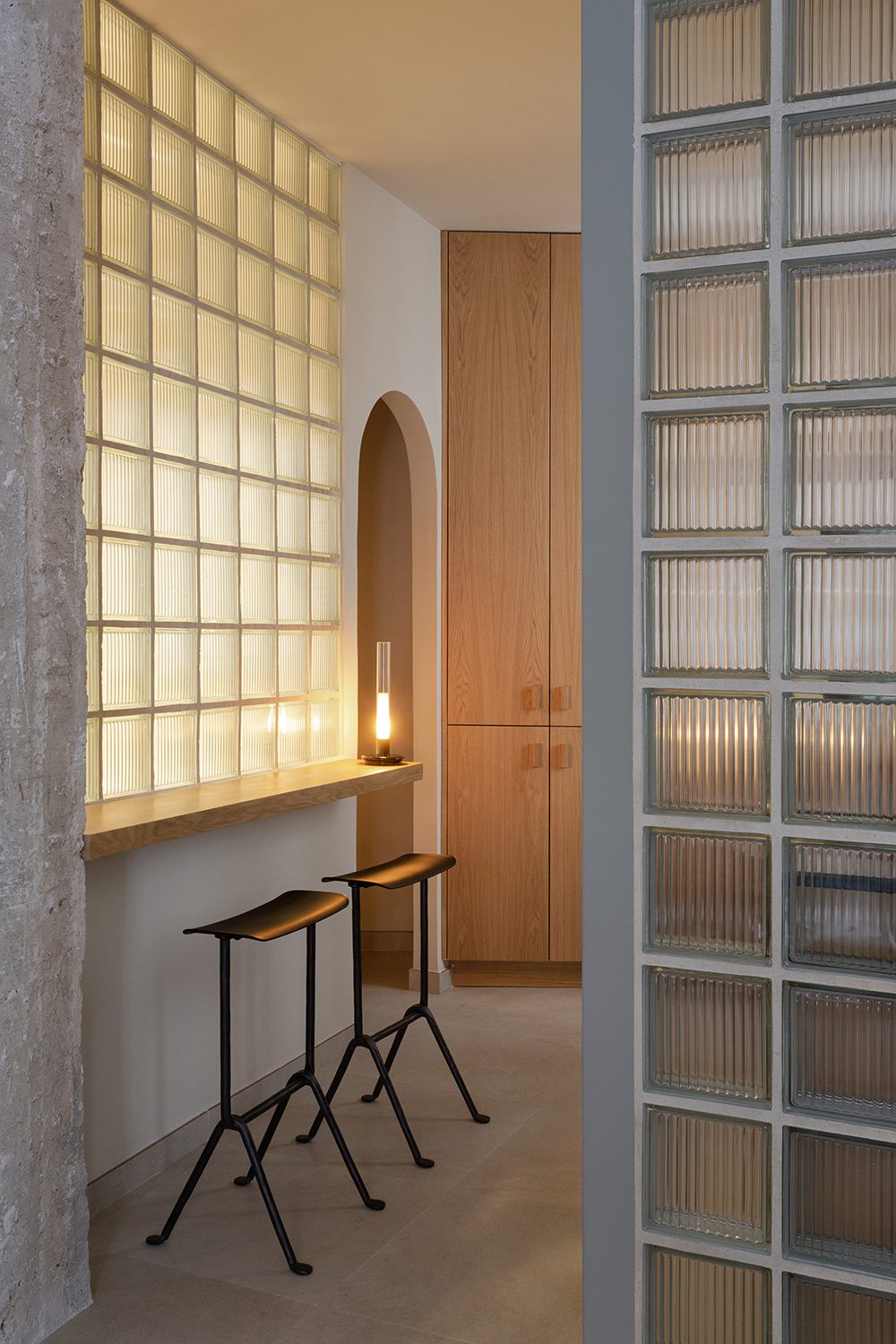
In a moment where neutral palettes seem to have taken over interior design, the architecture studio Plutarco continues to challenge itself with an unfrightened approach towards the use of colors in their projects, a way of understanding the space that has defined Ana Arana and Enrique Ventosa, the founders of the studio, since they kick-started the project back in 2015. They both recognize that, after all these years, their application of color and the palette they use has progressively evolved as they have learned from the past. However, the color is still -and seems like it will always be- a central point in their works.
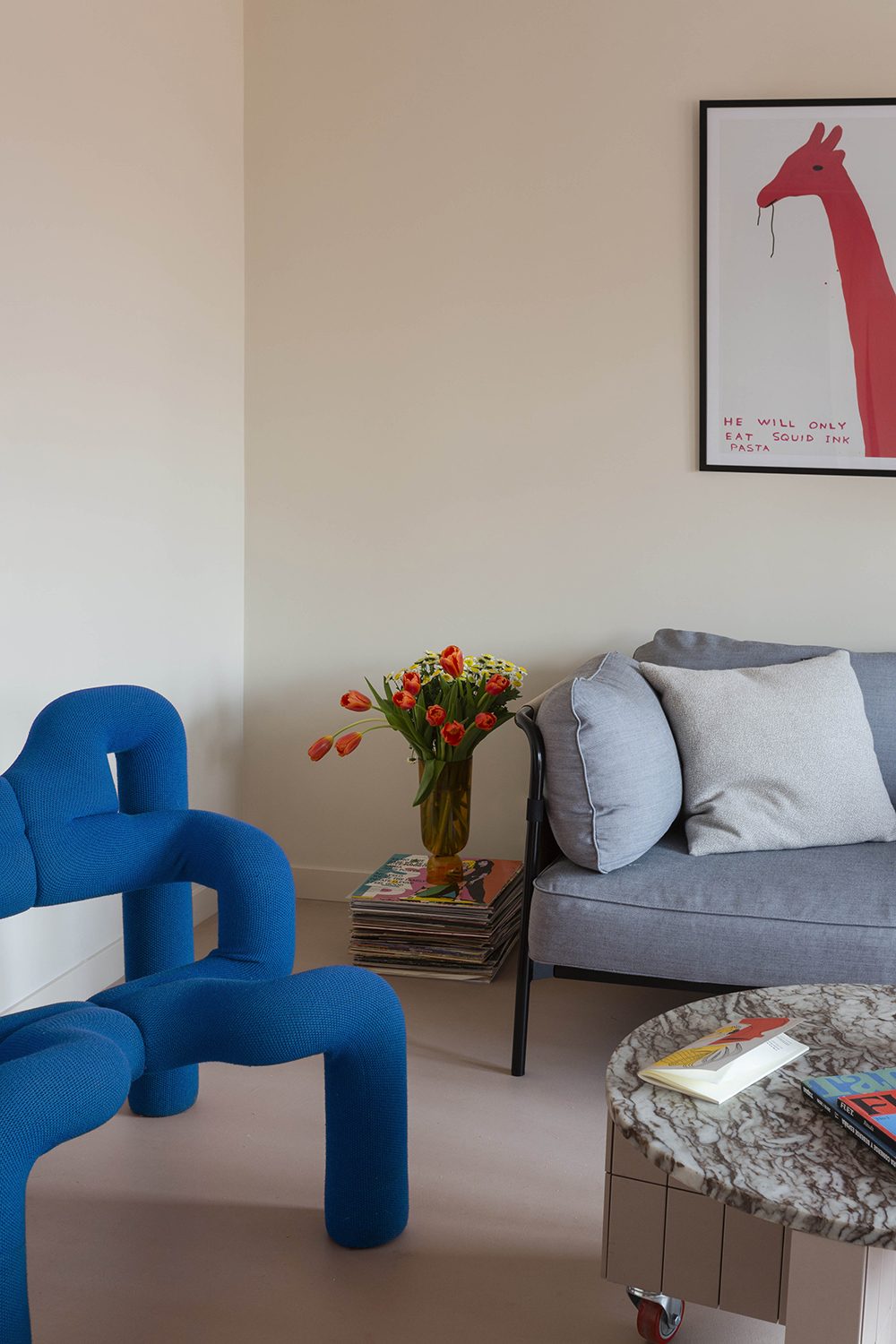
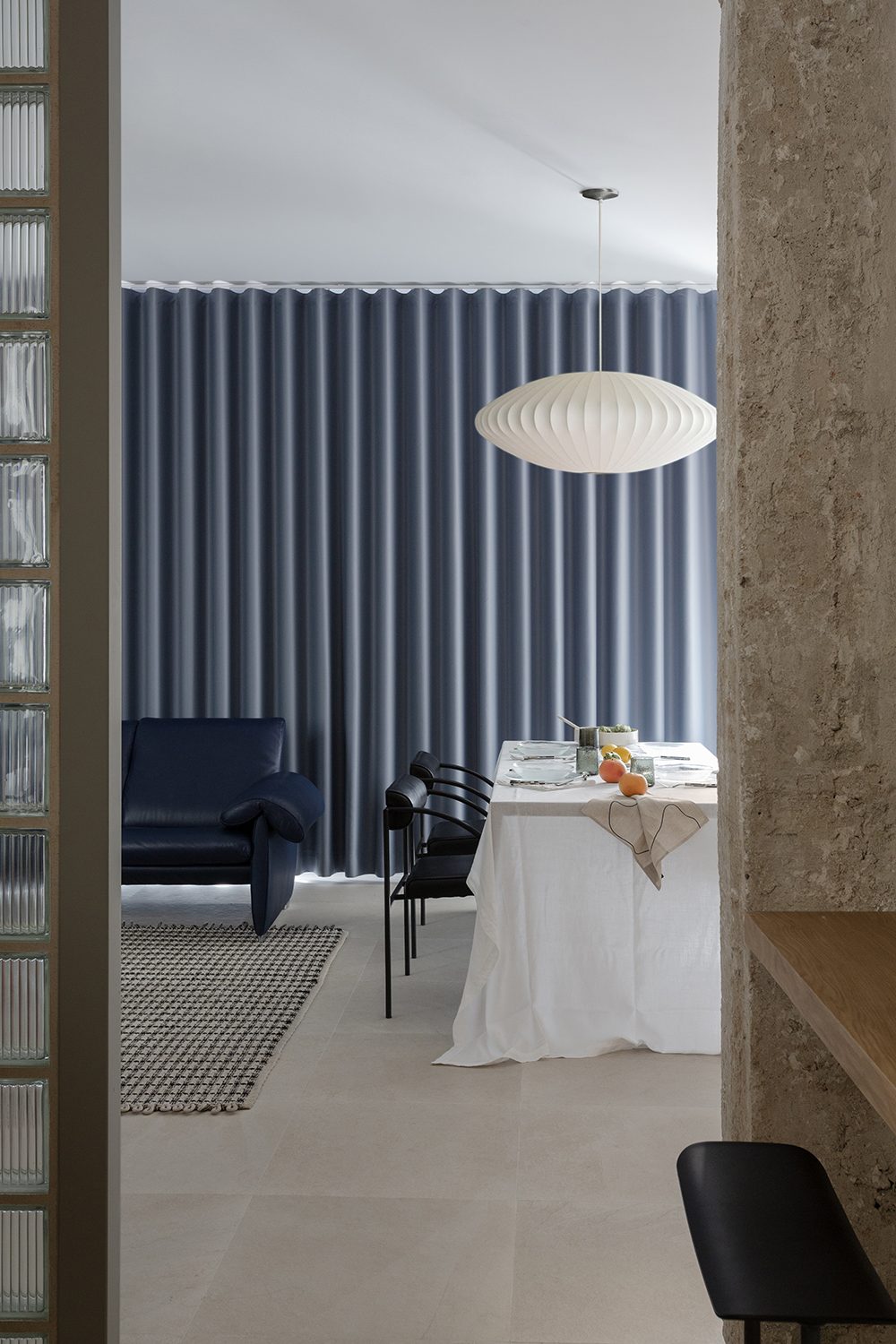
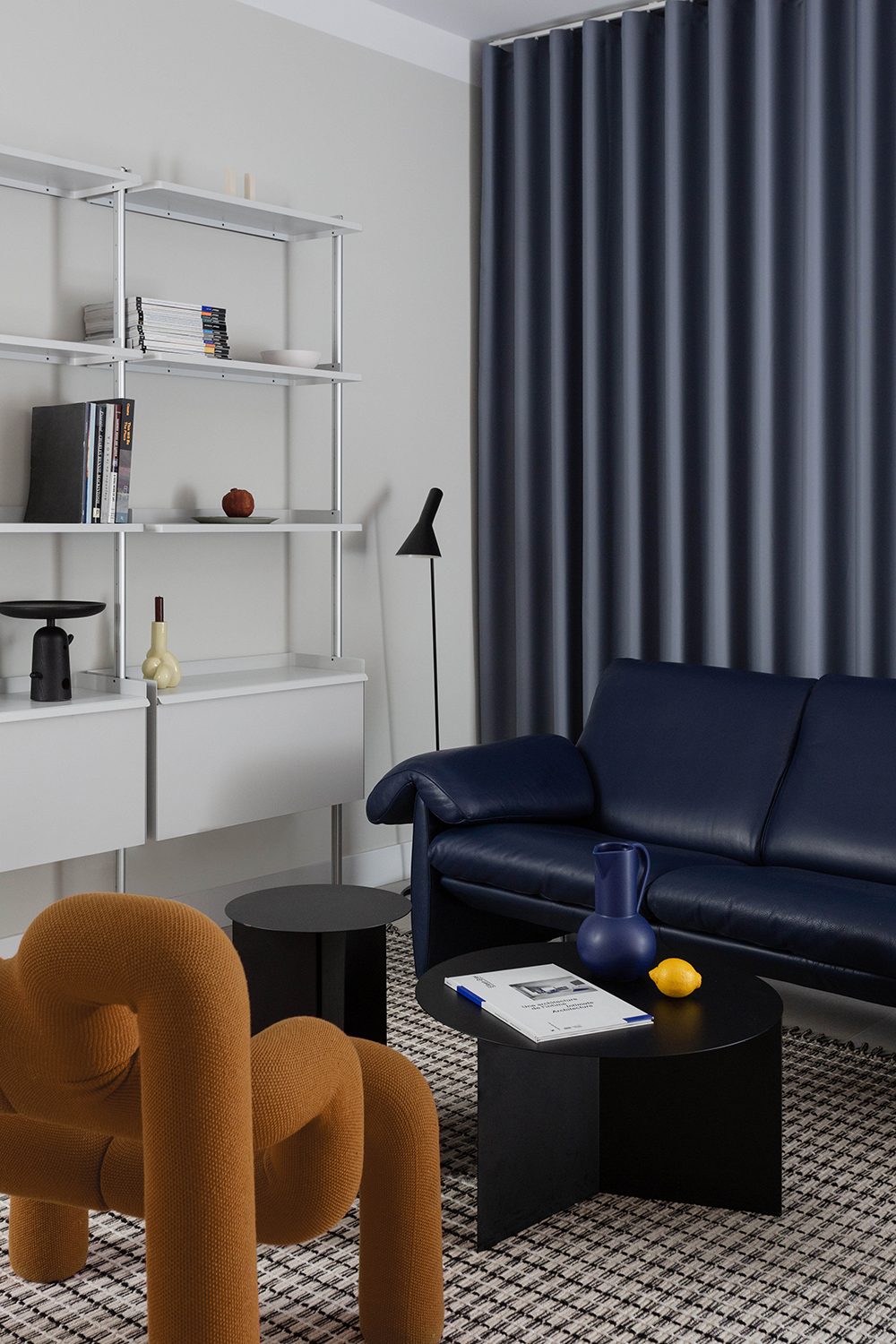
When reminiscing about their beginnings, Ana and Enrique refer to their initial style as a “more jovial and fun aesthetic”. As the years have gone by, and they have matured as individuals, their design style has followed in the same footsteps: the color palette has been slightly nuanced and the resources they use are more sophisticated. However, Plutarco hasn’t lost color as a common thread, and this can be perfectly seen when looking at their oldest and most recent projects.
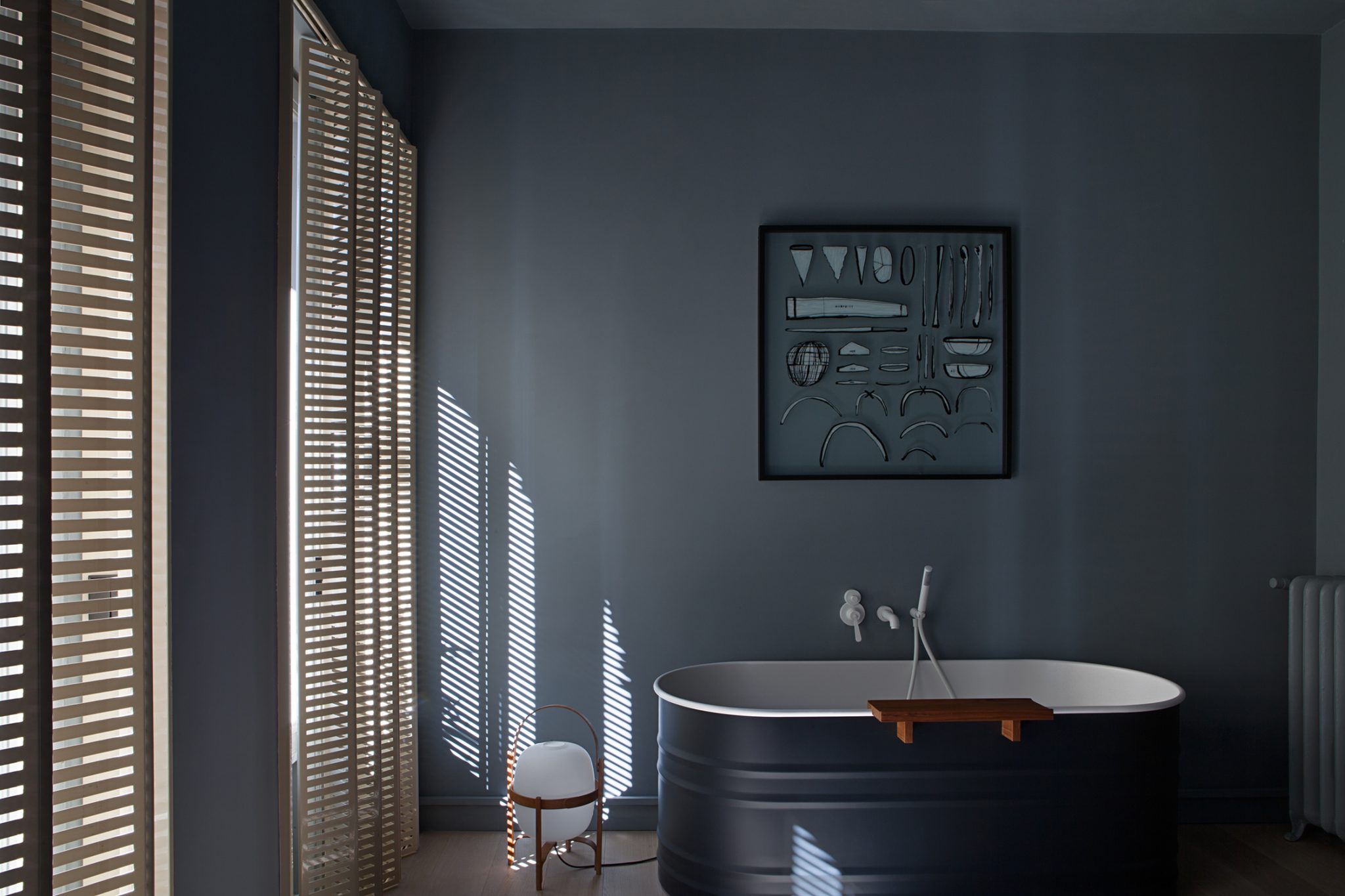
Plutarco initially originated back in 2015 when Ana and Enrique, after meeting through a common friend that asked them both for help with his degree’s final project, started to design their first products together. As cliché as it sounds, Enrique defines it in the following way: “we met and it was an instant crush”. And he definitely isn’t lying because, from the day they met, Ana and Enrique haven’t gone separate ways. In 2015, they won a scholarship and designed the Hoist tables (tables that moved with pulleys and went from being coffee tables to dining tables). Those tables took Ana and Enrique to Salone del Mobile in Milan and, during that trip, they both had the realization that they were the perfect design team.

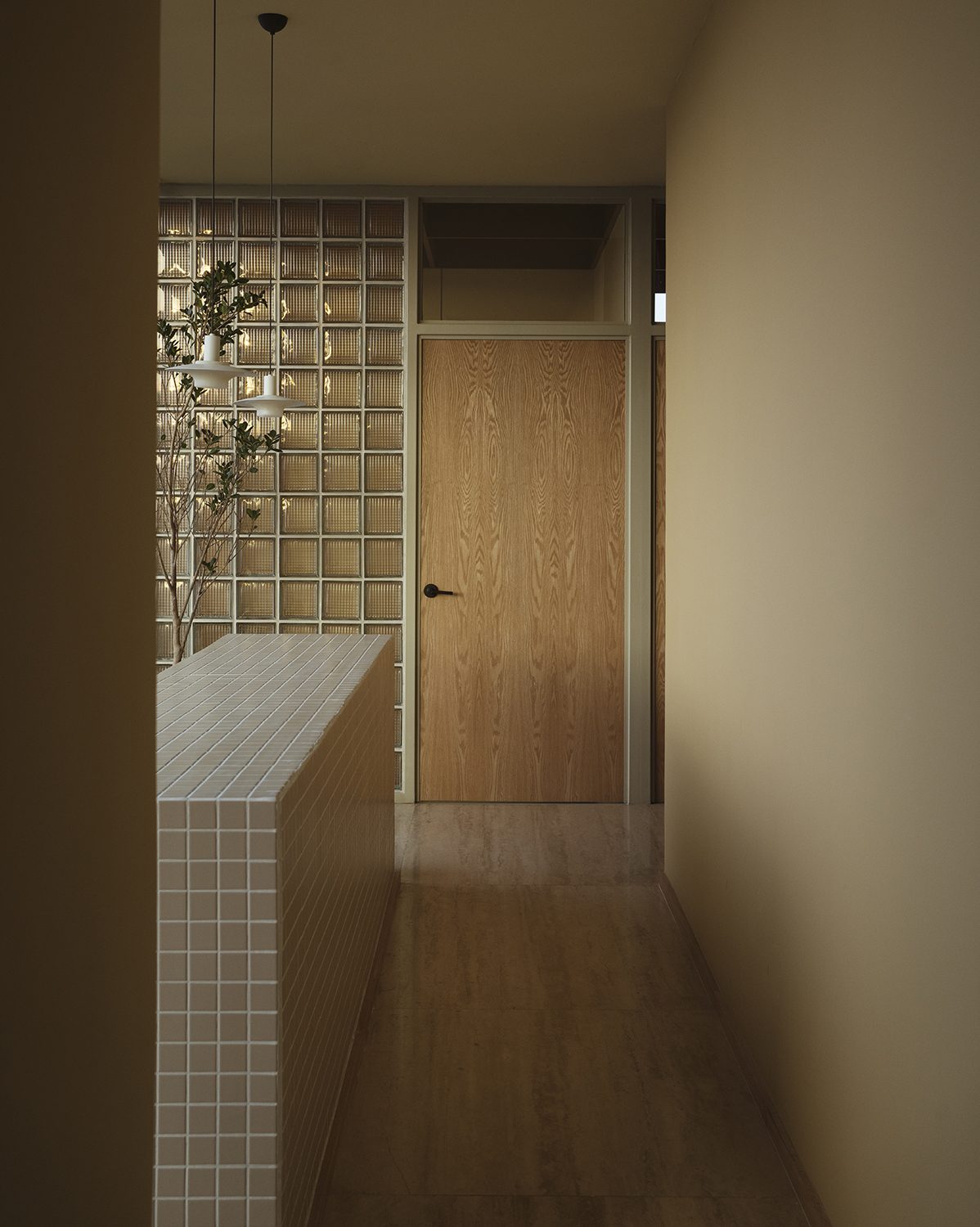
Plutarco itself was technically born in 2017, after their second participation in Salone in Milan. Even though the pair had been collaborating for a couple of years, giving birth to Plutarco was the definite move that consolidated their work as a team. And their presentation letter was Plutarco’s office: EX-PER-IM-ENT-O. An office that not only hosts their starting studio, but also a design gallery, a coworking space for creative people and a clandestine space for dinners or events. And the rest is history.
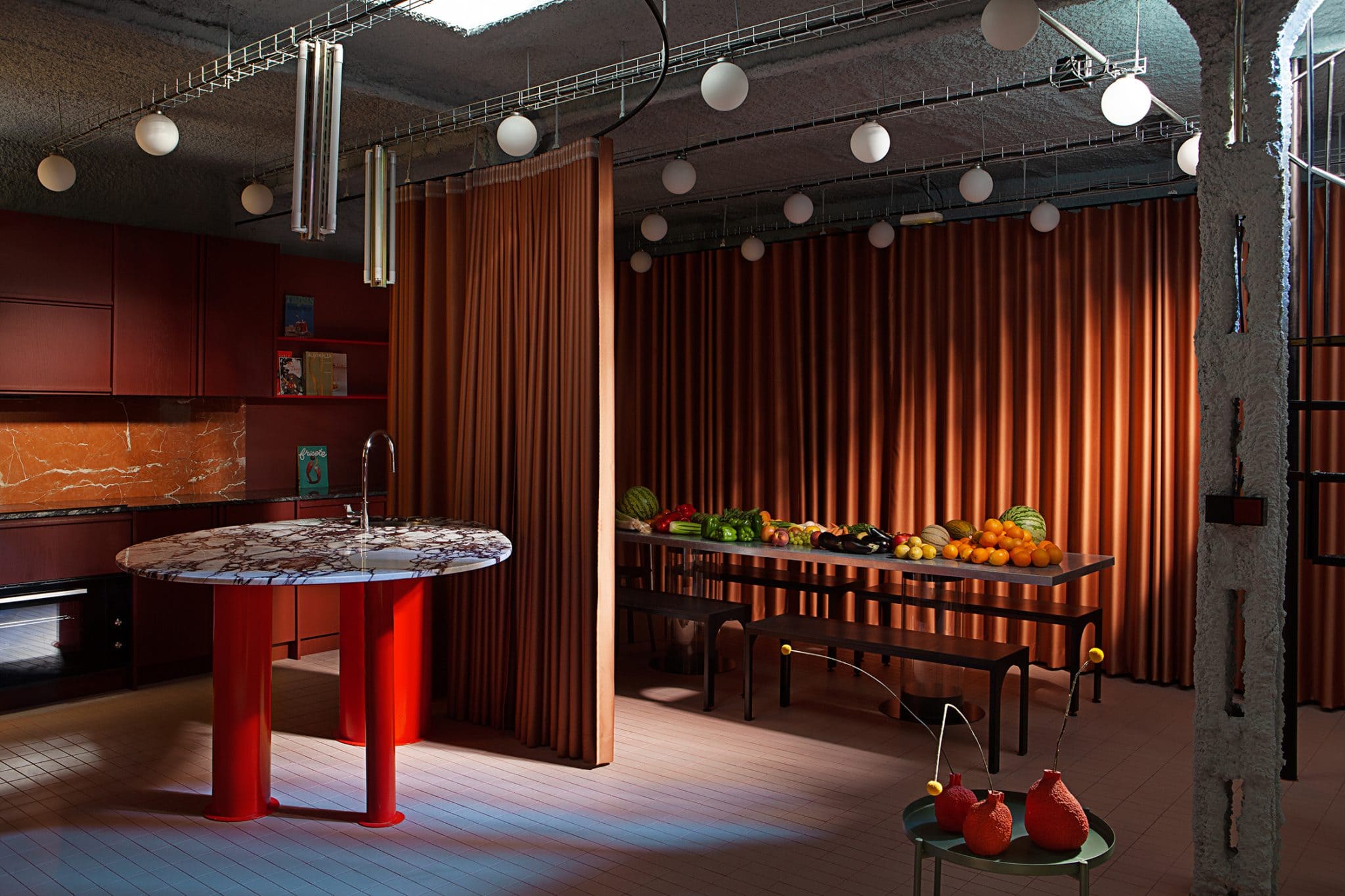
In the same way that their use of color has naturally evolved, so have the projects that they work on. Starting with small-scale deals such as furniture pieces, houses or apartments with limited resources, Plutarco has gained a relevant position in the interior design industry that has allowed them to consequently widen their horizons. With a more sophisticated range of budgets, Plutarco has passed on to work also with big offices, hotels and retail, following their intrinsic urge to escape their comfort zone.
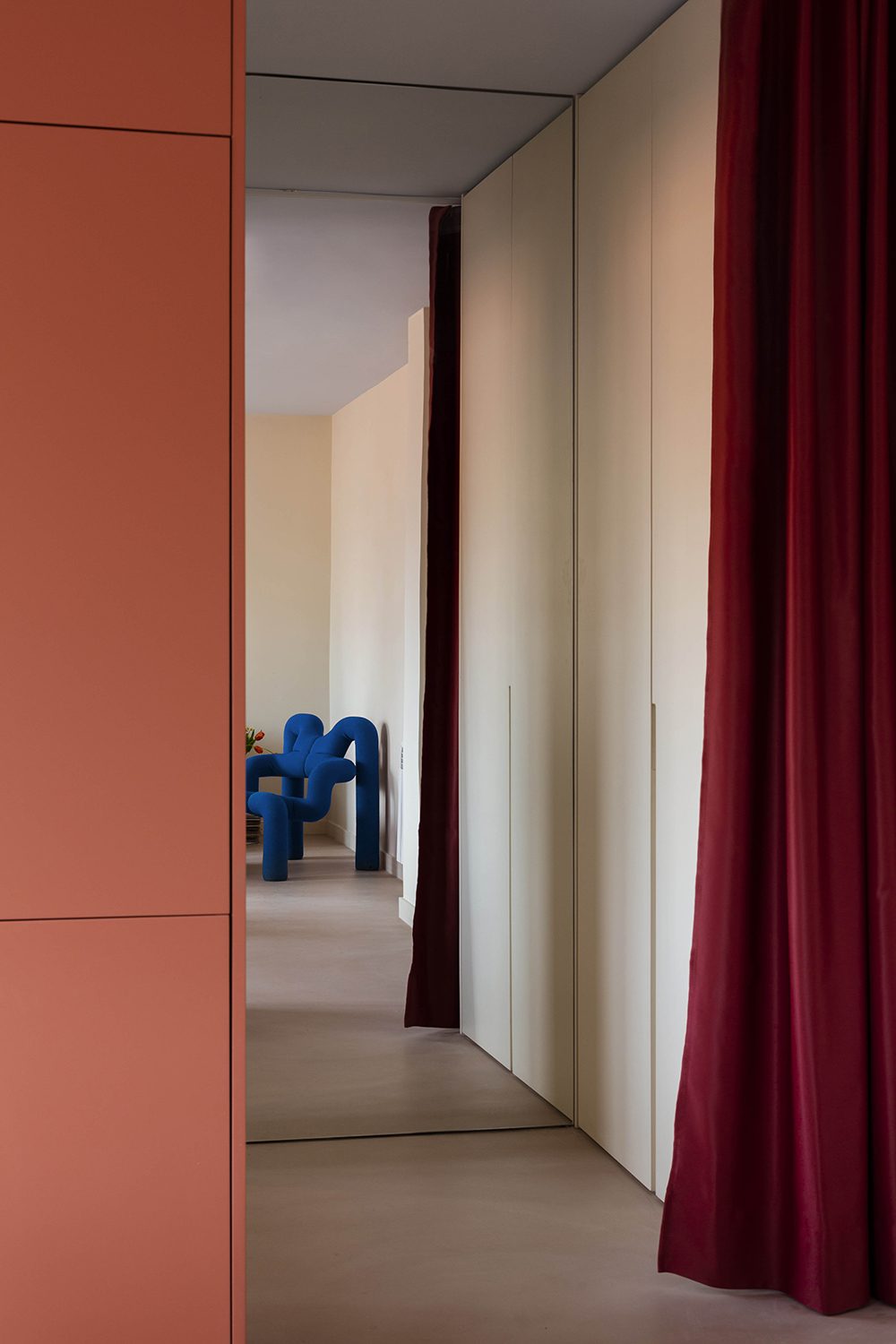
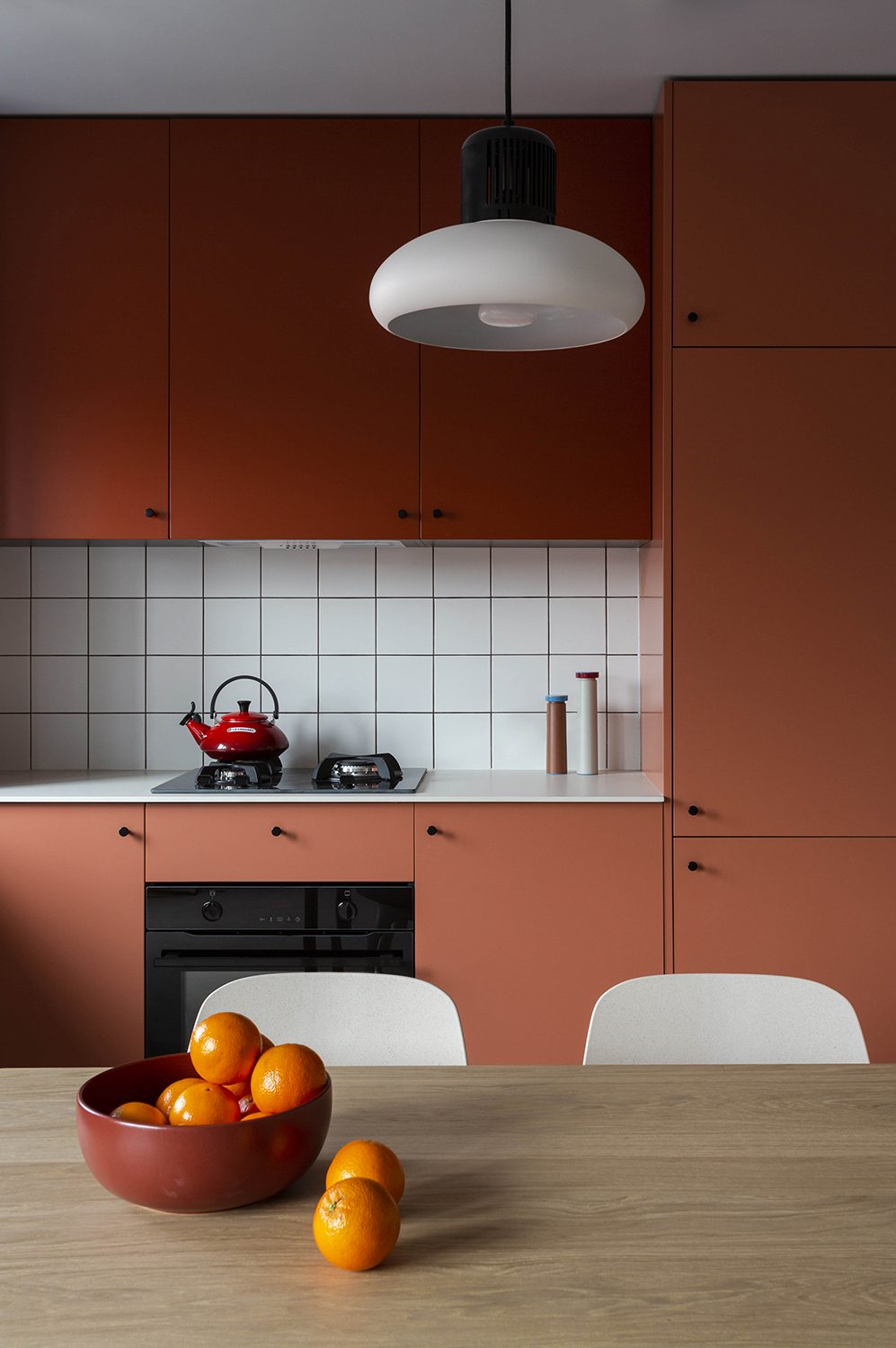
In this sense, the studio is growing and with it, comes learning. Being able to let go of certain stages of the design process has been a lesson difficult to take in. Used to being involved in every single step of the way, Ana and Enrique are starting to delegate certain parts of the projects, as more and more offers keep coming their way. It is definitely a good sign, but also a shift in the way of functioning that has come as a natural consequence of their success. Nonetheless, at this moment in time, Plutarco is revisiting its roots by picking up furniture design, something they are very excited about. They are working on a sofa with a brand from Madrid and on an independent collection.
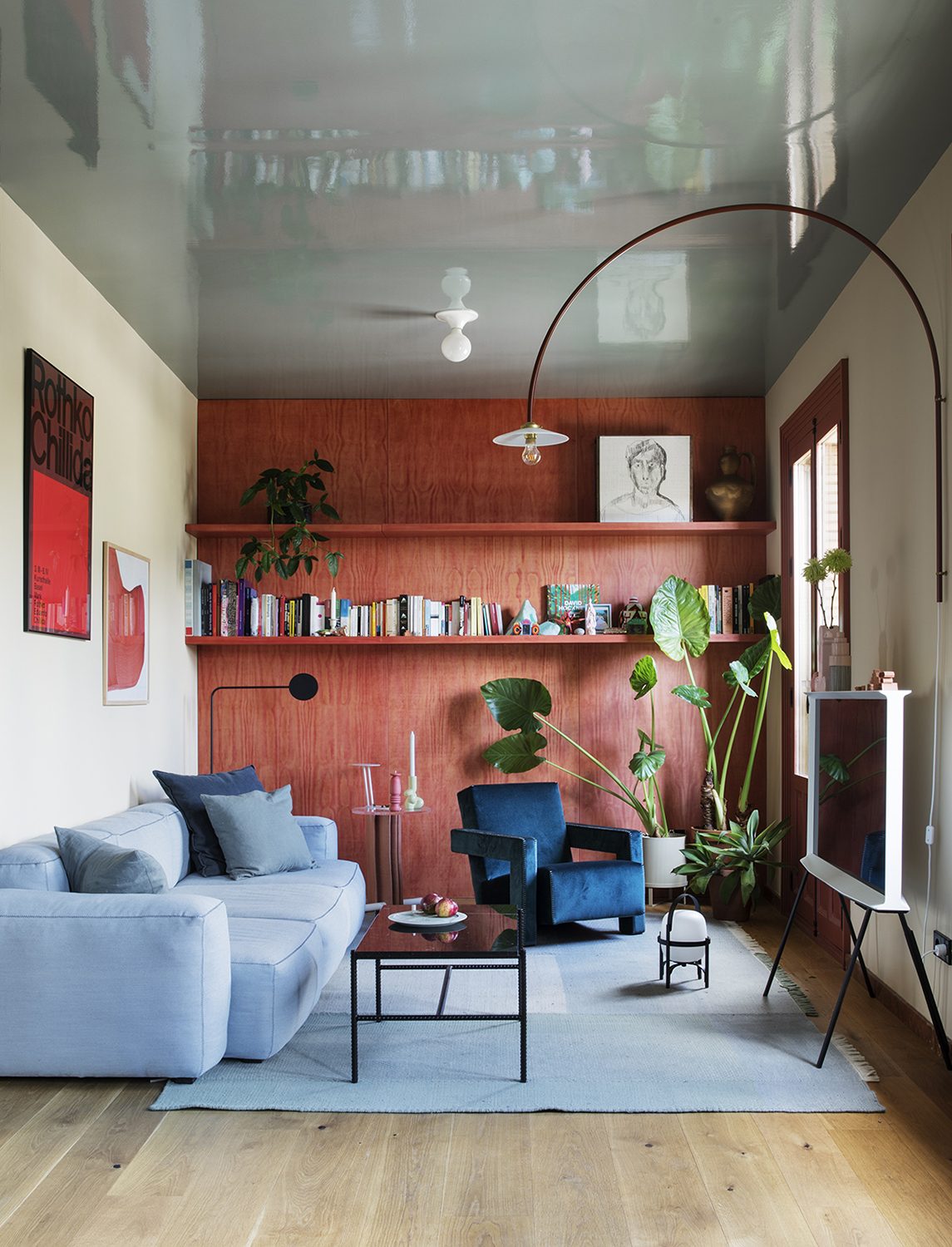
What makes this vivid architecture studio stand out is precisely that they dive into much more than architecture. Their influences range from fashion shows to nature and food plates, setting no limits to their imagination and allowing themselves to surf any type of visual references, consequently creating this unique but studied aesthetic that represents them so well. The convergence of architecture, design and food that Plutarco holds as one of their main pillars has been made even more obvious with the launch of their new project: La Cocina de Plutarco.
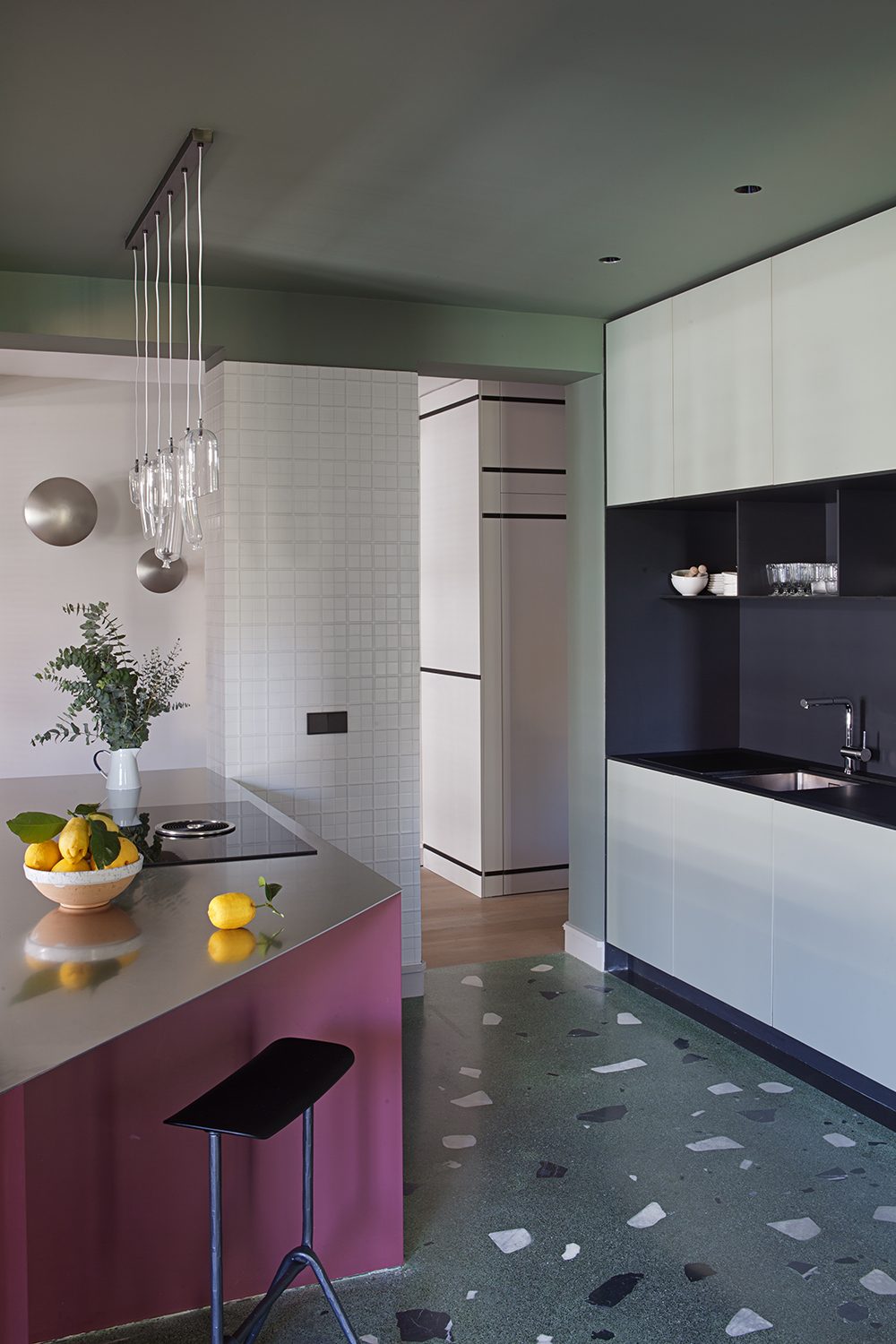
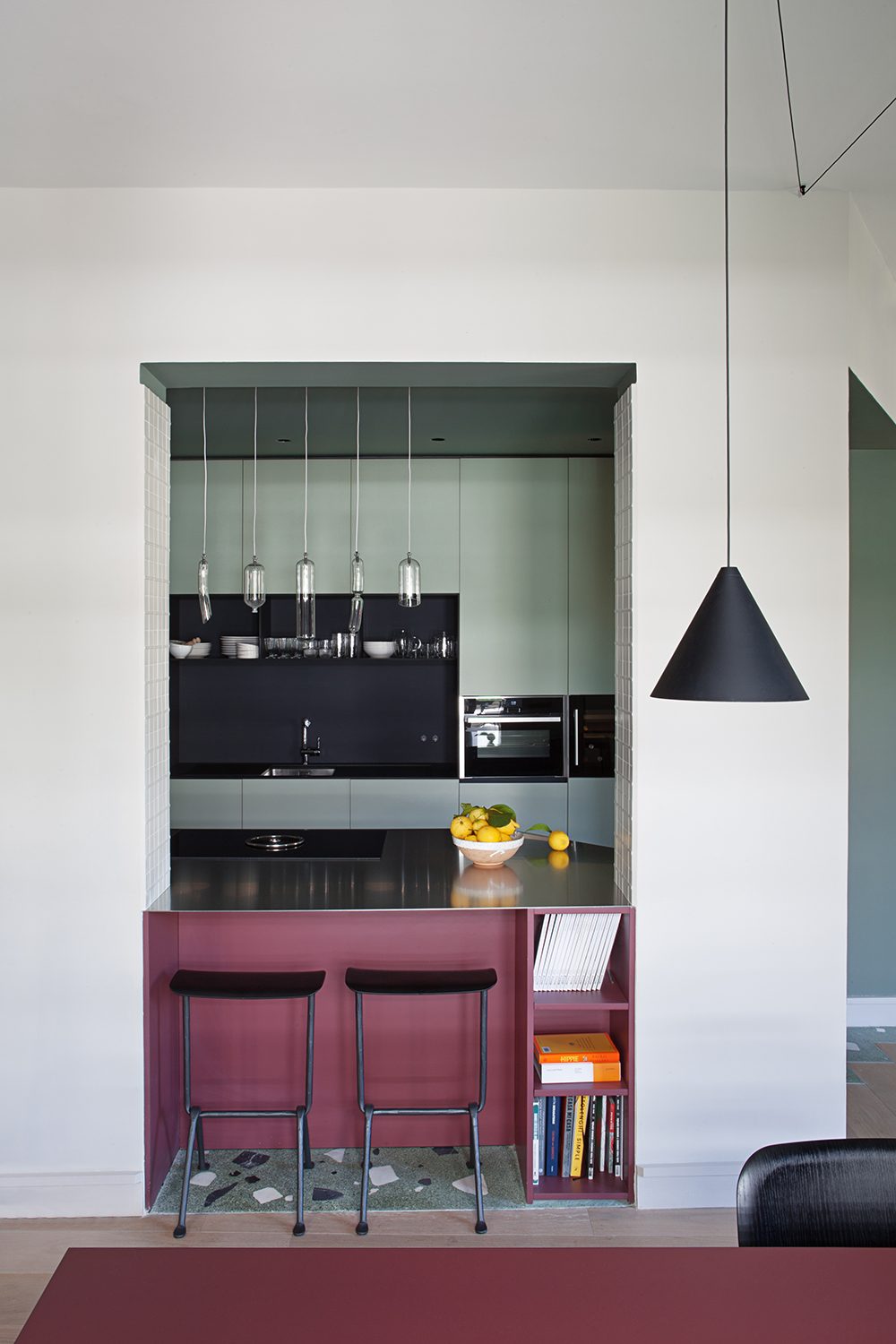
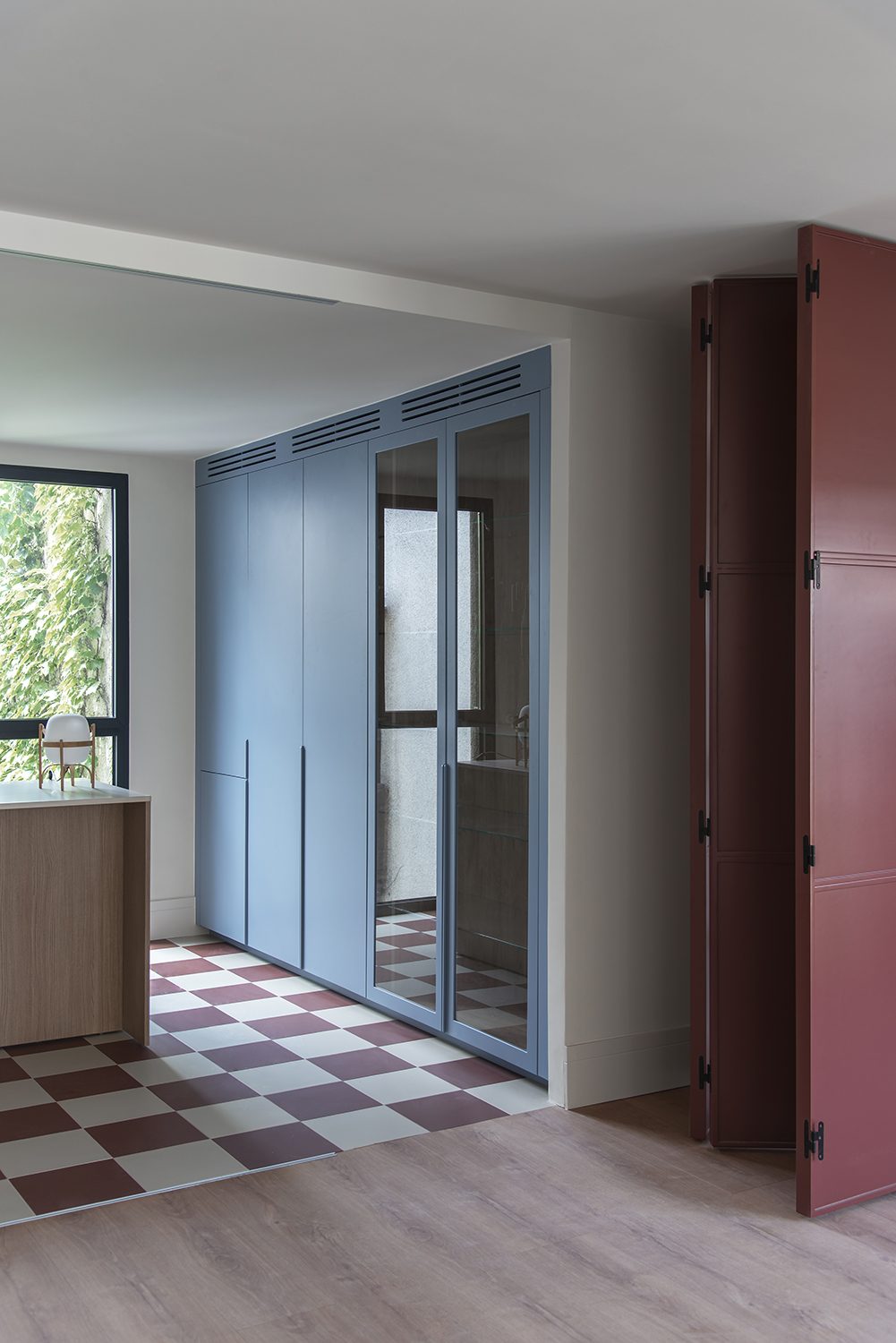
With this new proposal, and in the most Openhouse way, Plutarco has opened the ground level of their studio to organize dinners. The idea is that every three months a young chef will think out a menu together with the studio team, giving them complete freedom to experiment -aligned with Plutarco’s philosophy. During these three months, people will be welcome to attend dinner in Ana and Enrique’s office and enjoy different plates. This is a multidisciplinary project in which Plutarco hasn’t left out any details: the tableware used is from their shop HECHO and the quarterly menus will be illustrated by Marta Botas, that will capture every passing dish. A perfect example of Plutarco’s circular mentality.
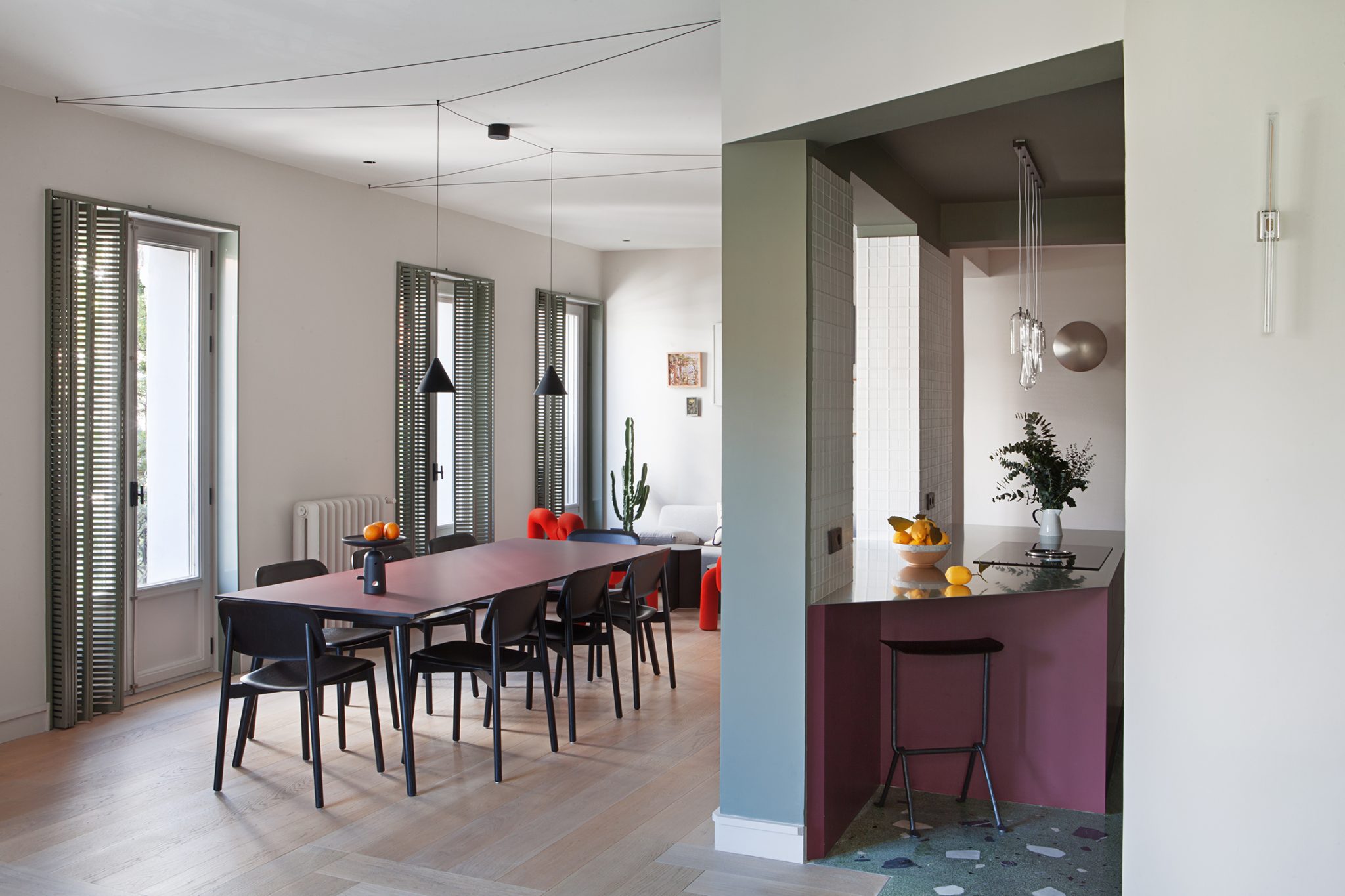
With an innate gift for creating harmonic color combinations, the founders of the studio apply its philosophy to their own personal lives: “our own houses are always a reflection of different color combinations that we show to our clients so that they lose their fear of going for color”, says Enrique. They advocate for a personalized and daring decoration that arises from a free train of thought. In this sense, there’s a fine line between daring and excessive experimentation, but Enrique cites Chanel when explaining how to avoid this: “what Chanel used to say about removing an accessory before leaving the house always works”.
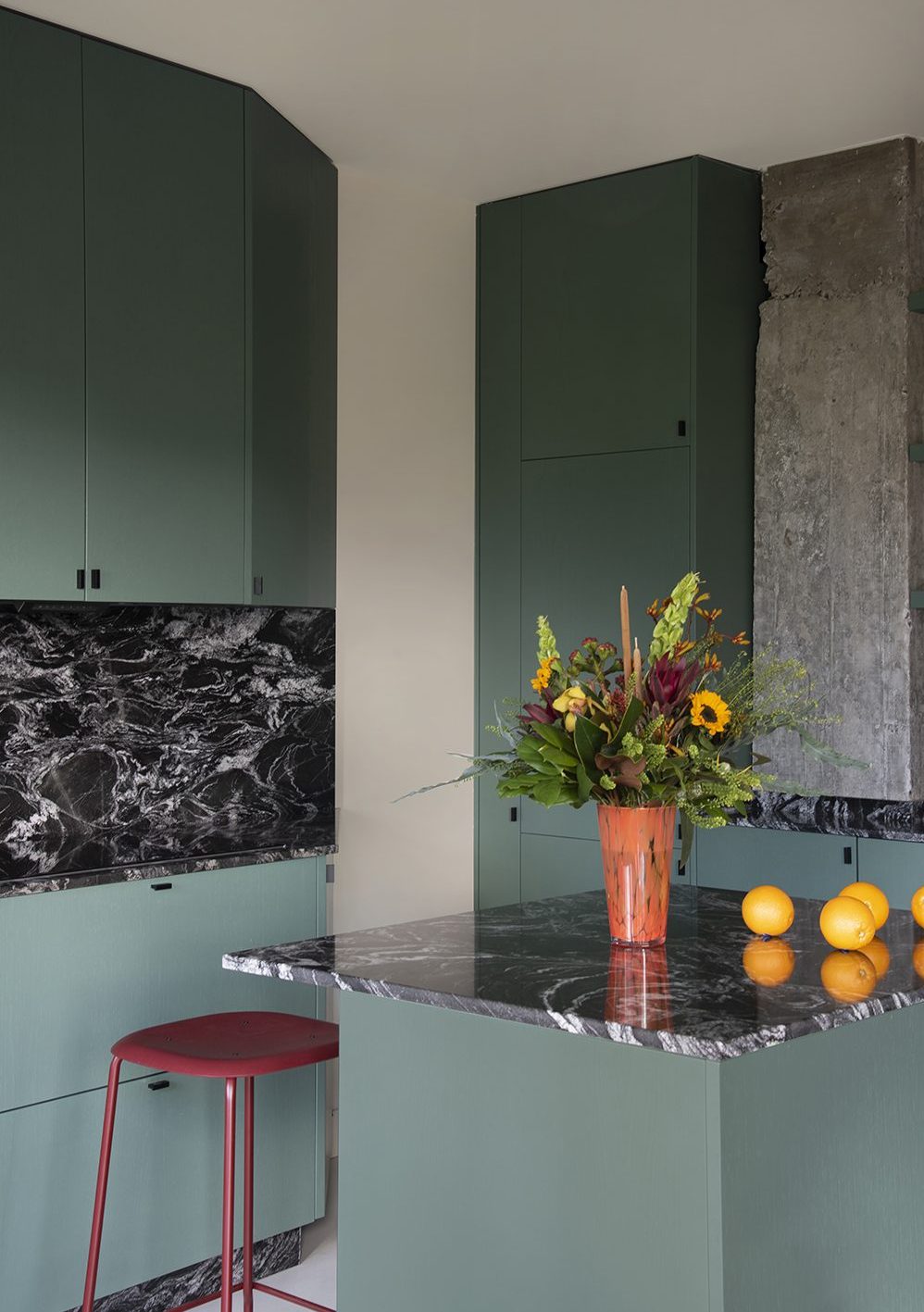
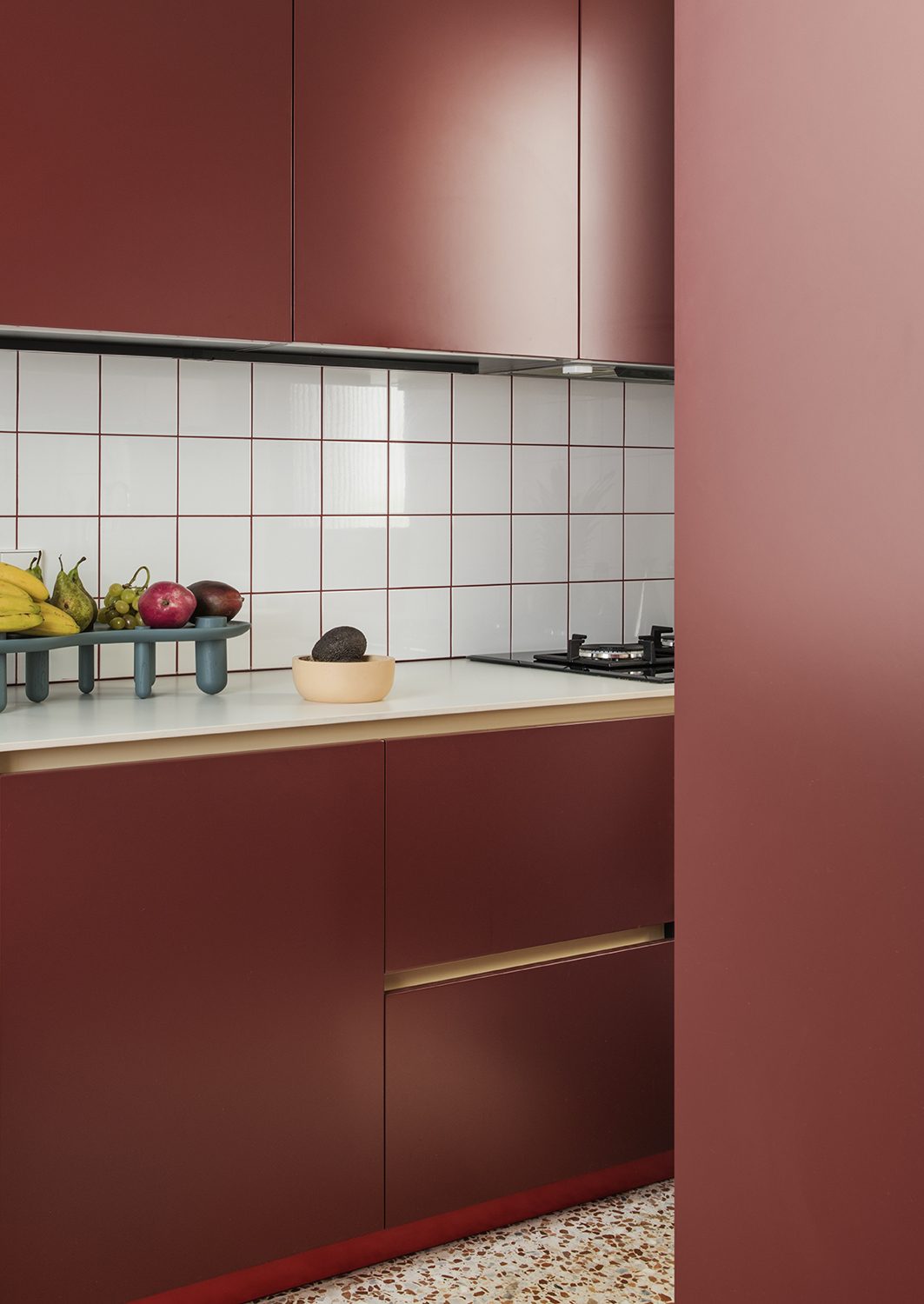
From the friendship that originated through a final degree project to the renowned studio that constitutes today, Plutarco is growing by the day, and so are its admirers. An alive, fresh and rich approach that tells an unrepeated story through its conceptions. When asked where they would like to be in 10 years, the pair gives a simple and modest answer: “we would love to be able to continue doing what we love and what makes us happy”. Plutarco still has a long way to go, following a road that hopefully leads to their dream project: to be involved in a hotel from the architecture, through the interior design to the selection of dishes and tableware. The ideal culmination of their vital multidisciplinary perspective. I guess we will have to talk to them in 10 years.



